Talk Overview
In mammals, sex is determined by a pair of unequal sex chromosomes. Genetically male mammals have an X and a Y chromosome while genetically female mammals have two X chromosomes. The X chromosome is many times larger than the Y chromosome. To compensate for this genetic inequality, female mammals undergo X chromosome inactivation in which one of the X chromosomes is randomly chosen to be silenced. X chromosome inactivation has been studied for over 50 years both because it is a physiologically important event and because it is an excellent model for studying epigenetic silencing of genes by long non-coding RNAs. In her first talk, Dr. Jeannie Lee gives an overview of the steps a cell must go through during X inactivation. These include “counting” the X chromosomes, deciding which X chromosome to inactivate, initiating the inactivation and spreading it across the chromosome, and finally maintaining inactivation of the same X chromosome for the rest of the life of the organism.
In her second talk, Lee elaborates on the early steps of X inactivation. Very early in development, cells “count” the number of X chromosomes and decide if one needs to be inactivated, and if so which one. There is a region of the X chromosome called the X inactivation center which is enriched in long non-coding RNAs (lncRNAs). Lee explains how she and others showed that by sensing the ratio of two specific lncRNAs the cell can determine how many X chromosomes are present. Further studies showed that two different lncRNAs are responsible for randomly determining which X chromosome will be inactivated. Finally, she discusses the hypothesis that the allelic choice mechanism depends on a transient chromosomal pairing event that occurs at the beginning of the dosage compensation process.
And in her last talk, Lee describes how X inactivation is nucleated and spreads across the X chromosome. The Xist lncRNA is known to be necessary and sufficient for X inactivation. Lee describes experiments that identified the factors that tether Xist to the X chromosome and showed how Xist spreads to cover the entire X chromosome. She then goes on to explain that Xist blocks transcription in three ways: 1) Xist recruits factors that repress transcription via epigenetic modification such as histone methylation 2) Xist repels factors that open chromatin preparing it for transcription and 3) Xist changes the 3 dimensional organization of chromosomes. Lee ends with a model of our current understanding of the complex but critical process of X chromosome inactivation.
Speaker Bio
Jeannie Lee

Dr. Jeannie Lee is a Professor in the Department of Genetics at Harvard Medical School and in the Department of Molecular Biology at Massachusetts General Hospital (MGH). Her lab uses X chromosome inactivation as a model to study epigenetic regulation by long noncoding RNAs. Lee received her AB in biochemistry and molecular biology from Harvard… Continue Reading
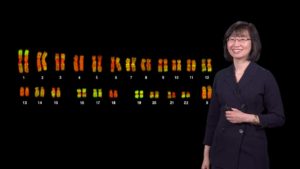


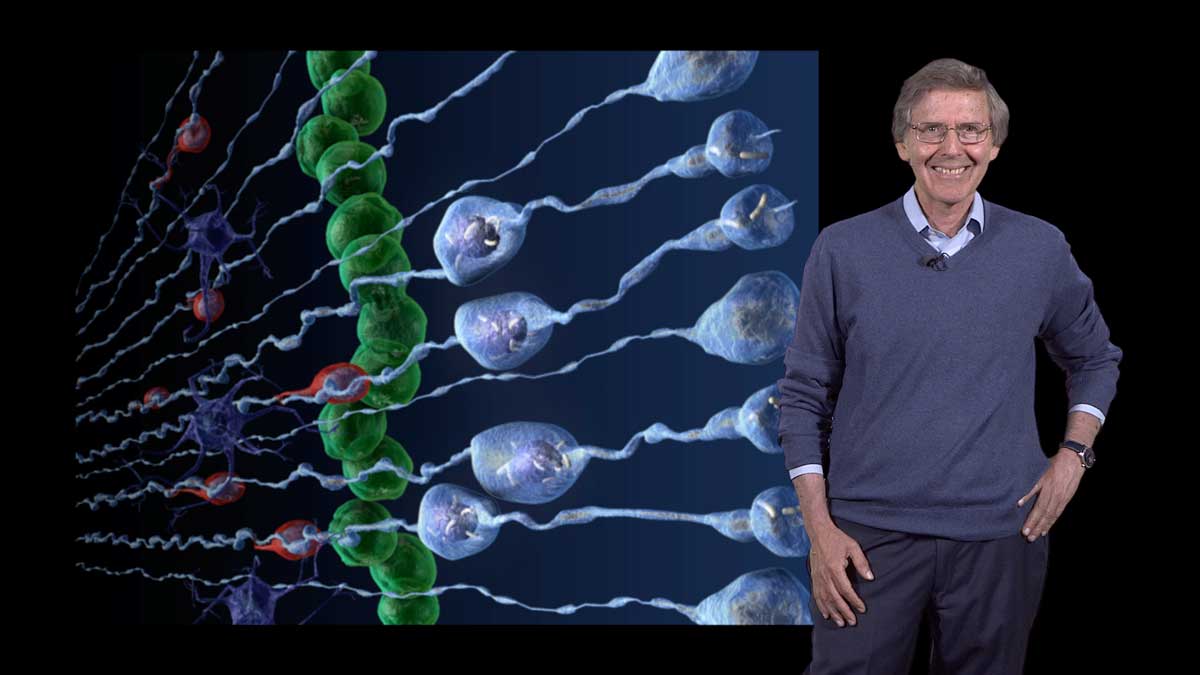
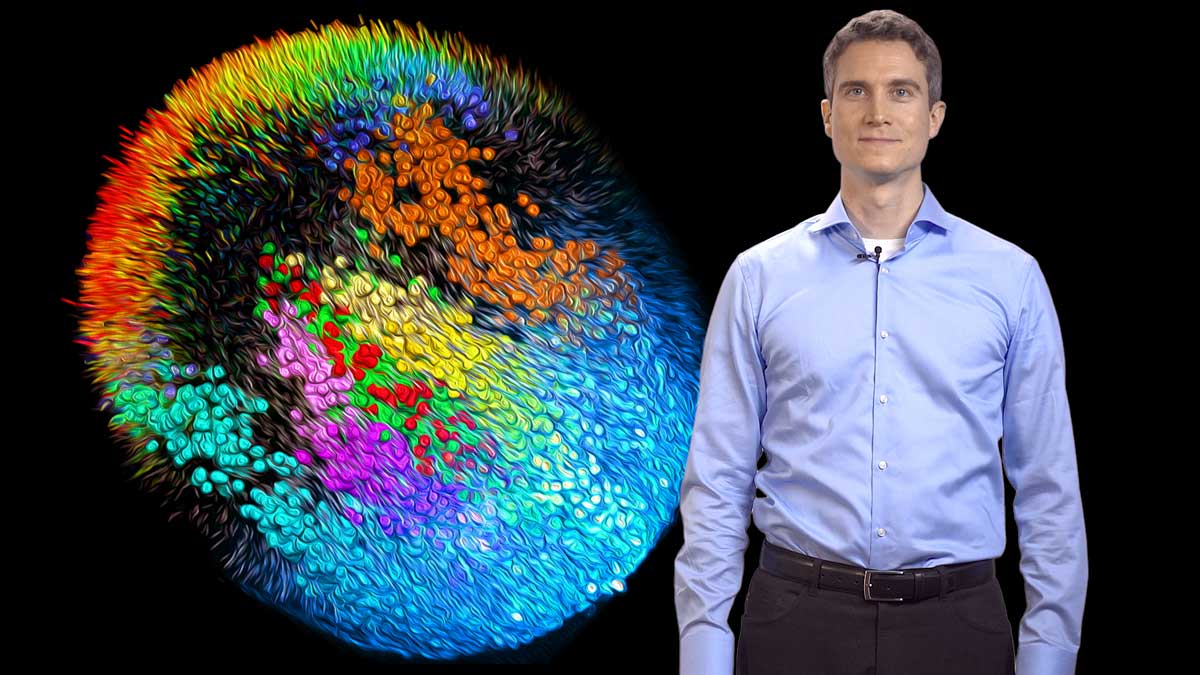
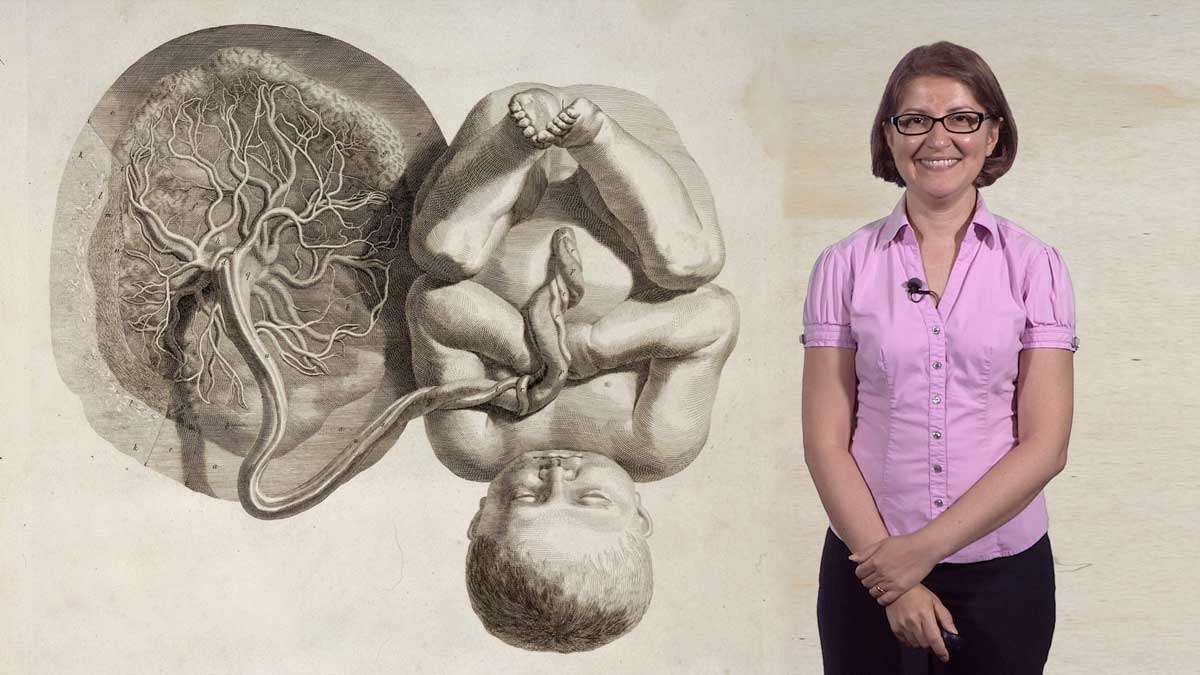
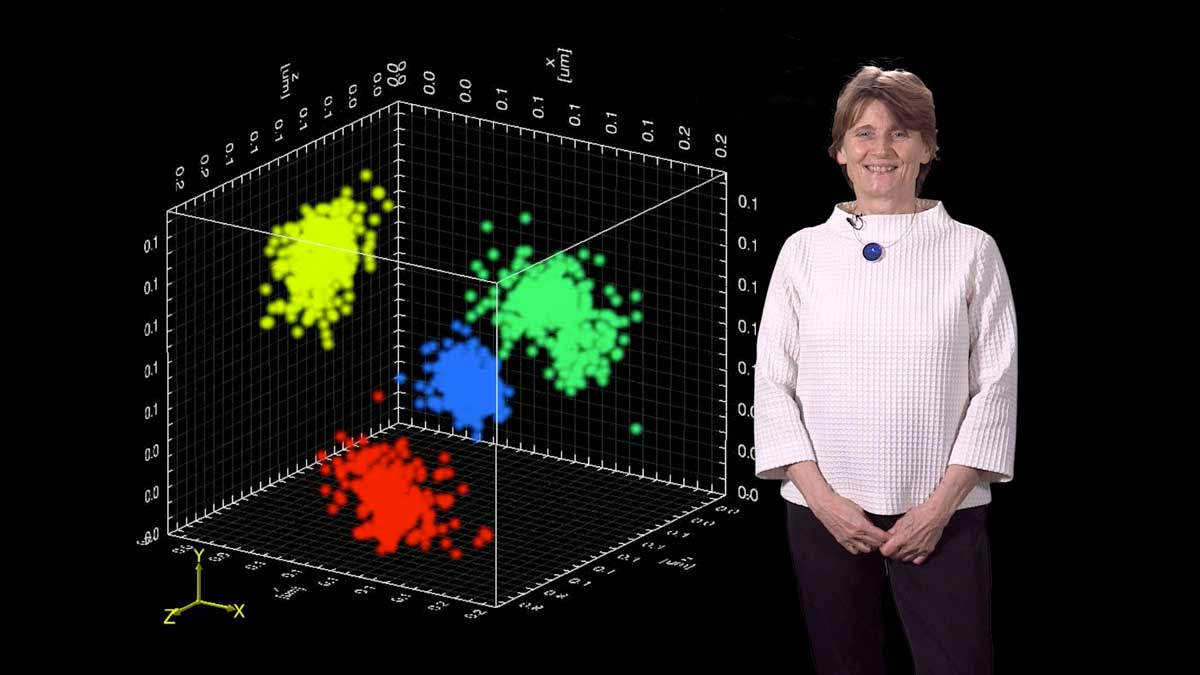





Violeta says
Great lectures! please keep us updated about new findings